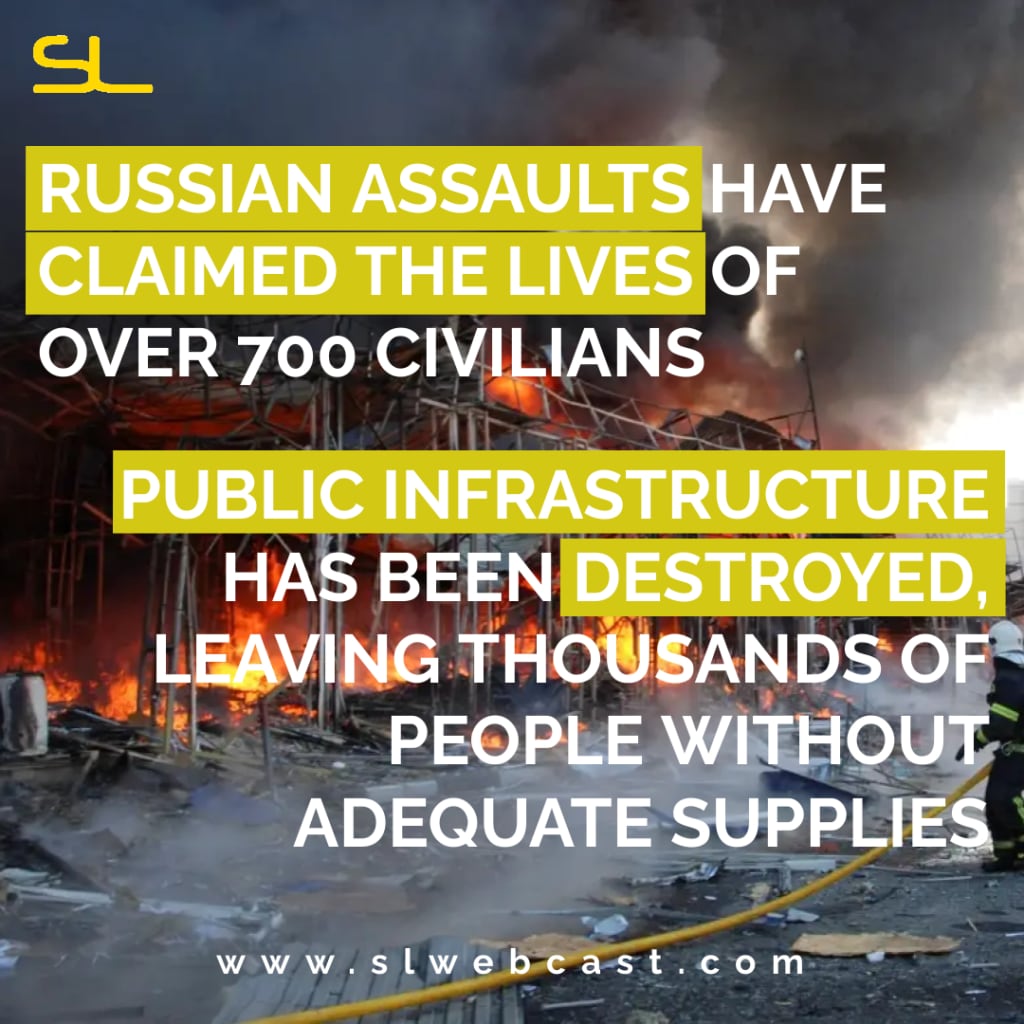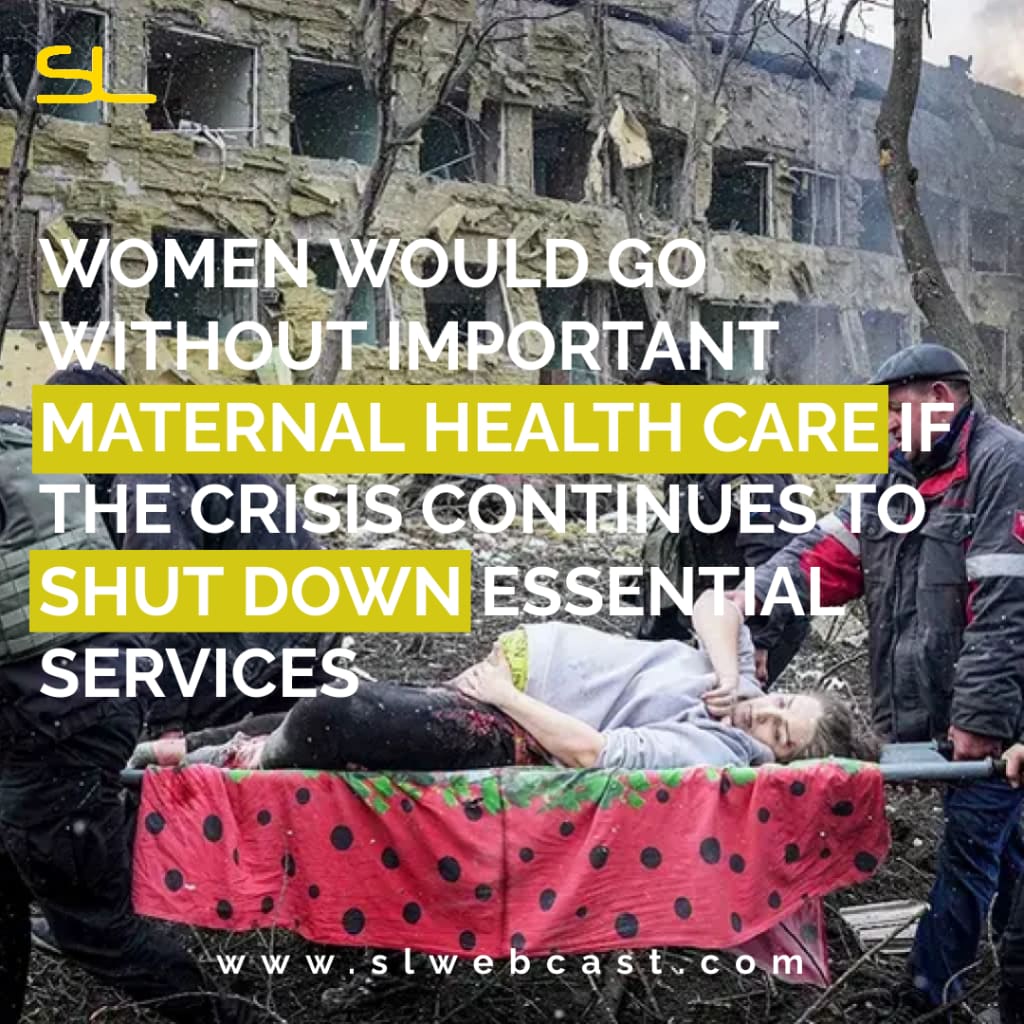Ukraine is Eastern Europe’s 2nd largest country. Kyiv is its capital. it is bounded to the east through Russia, to the north through Belarus, to the west by means of Poland, Slovakia, and Hungary, to the southwest through Romania and Moldova, and to the south via the Black Sea and the ocean of Azov. Ukraine is one among Europe’s largest nations. Its geographical place is wonderful because of its vicinity in Europe and Asia. Ukraine has turned out to be a bridge among the two continents over the past years.
At the same time as Ukraine and Russia proportion historical roots, the country’s west has more potent ties with its European friends, especially Poland, and the nationalist sentiment is most powerful there.
A significant minority of the populace speaks Russian as their first language, especially in towns and the industrialized east.
2014, a rebellion against pro-Russian President Viktor Yanukovych resulted in the formation of a sequence of Western-leaning governments but, Russia took gain of the scenario to seize the Crimean peninsula and arm insurgent companies to occupy parts of the east earlier than launching a full-scale invasion of Ukraine in February 2022.
The Russian assaults have claimed the lives of over seven hundred civilians. More than 2 million people are said to be displaced within the country, with over 3 million compelled to escape to neighbouring Moldova, Poland, and other European countries of which most of the people are women and kids.

Public infrastructure has been destroyed, leaving thousands of people without adequate water, heat, or electricity, or unable to reach stores to purchase basic necessities due to impassable roads and bridges. During the invasion, health facilities along with a maternity and children’s hospital were also damaged, committing yet another grave violation of international humanitarian law. Ukraine was shaken by conflict even before the recent invasion: In 2014, Russia invaded and subsequently annexed the Crimean Peninsula and began backing pro-Russian separatists in parts of eastern Ukraine. Over the last eight years, fighting has raged in these places killing over 3,000 people, displacing over 850,000 people and leaving nearly 3 million people in need of humanitarian assistance.
Cause for the Ukraine and Russia insurrection
Following the dissolution of the Soviet Union in 1991, Ukraine declared independence from the Soviet Union and has been establishing connections with the European Union and NATO. Russia, on the other hand, sees these links as a threat to its own financial and operational security.
What is the nature of the Ukrainian conflict?

Russia’s invasion of Ukraine has the potential to displace considerably more people and cause far more human suffering than any other event in Europe this century. Within Ukraine and abroad, the world will witness the killings of innocent citizens, the devastation of houses and infrastructure and the massive displacement of families.
The ramifications of the fight will be felt not just in Europe, but all throughout the world. Food supplies will be impacted by the war, the notable availability of wheat, a Ukrainian export for nations like Yemen, Libya and Lebanon which are already facing severe food shortages.
The economy is in decline.
Violence will wreak havoc on Ukraine’s already battered infrastructure. COVID-19 has left the country’s health system in shambles and its economy in collapse. There will be significant shortages in food and fuel. Public services will be affected too.
Refugees in peril
Many more Ukrainians are being displaced from their homes, both within their country and across borders as attacks on people continue. Even before the latest invasion, Ukraine had been racked by conflict in 2014, Russia attacked and annexed the Crimean Peninsula and began supporting pro-Russian separatists in eastern Ukraine.
The consequences for women and girls

Women and children make up the majority of the 3 million migrants who have fled Ukraine. Women displaced within Ukraine are also vulnerable to violence, exploitation and abuse.
Women and girls are increasingly unable to access emergency medical services, basic health care and social assistance as a result of the crisis. In Ukraine, an estimation of 80,000 women are expected to give birth in the next three months. Many women would go without important maternal health care if the crisis continues to shut down essential services. Childbirth could be a life-threatening experience for them.
What can the Western leaders and Humanitarian Organizations do to help?

People who have been affected by the war in Ukraine must be safeguarded.
The IRC firmly supports the United Nations Secretary, calling Generals to protect civilians emphasizing that the UN Charter must be upheld and that international humanitarian law particularly the protection of schools and hospitals must be obeyed. People must be free to move about and relief organizations must have access to those who require assistance.
Simultaneously, the international community must prepare for the worst and guarantee that humanitarian services both inside and outside Ukraine have the resources they require to save lives and relieve suffering. By keeping borders open, providing proper reception support and ensuring full access to asylum, European countries must welcome their neighbours fleeing Ukraine.


